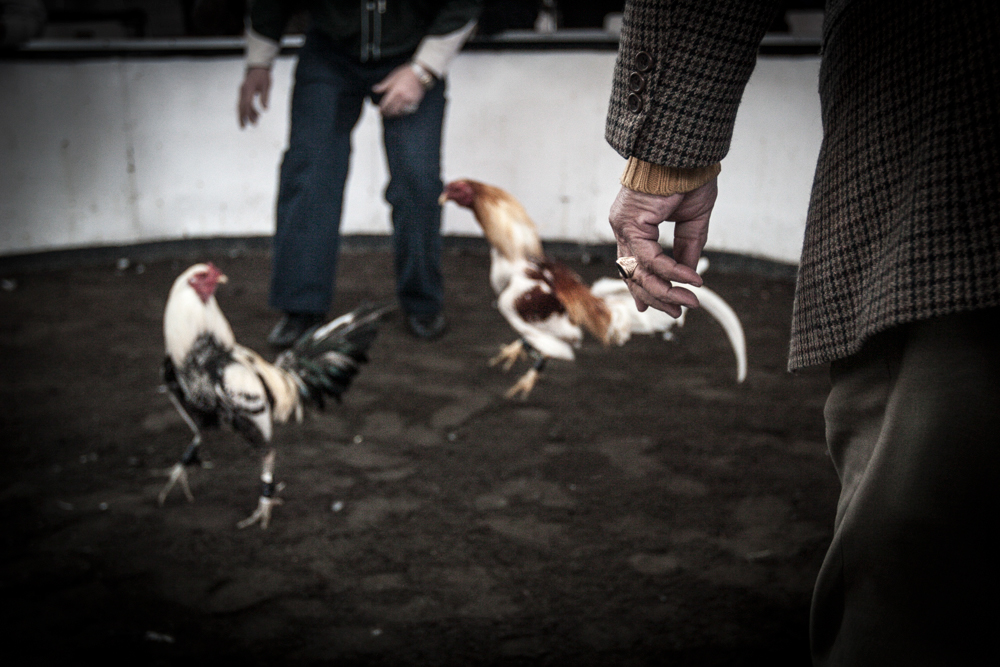
Cockfighting has a rich and controversial history that spans hundreds of years and continents. Originating in old civilizations, this activity has evolved from casual backyard gatherings to organized events in large arenas, attracting both fervent supporters and strong critics. At its core, cockfighting involves the spectacle of two roosters, raised and trained for combat, pitted against each other in a battle that tests their strength, agility, and fighting spirit. This time-honored tradition reflects deep cultural roots, often linked to themes of bravery, honor, and competition.
As we explore the journey of cockfighting, we will delve into its evolution over the years, examining how it has adapted to social changes and legal challenges. In some areas, it remains a celebrated cultural event, featuring intricate rituals and passionate audiences, while in others, it confronts opposition amid growing concerns for the welfare of animals and welfare. Understanding this evolution provides insight into the complexities of cultural traditions and the ongoing debate surrounding the moral implications of sports involving animals.
Historical Origins of The Sport of Cockfighting
Cockfighting has origins that extend back millennia of time, with indications suggesting that it originated in ancient cultures such as India and Persia. Historical records indicate that the practice was not only a form of entertainment but also a means of social status and farming tradition. The activity quickly spread across multiple societies, each adding its unique customs and regulations, leading to the widespread embrace of cockfighting as a competitive event.
In ancient Greece, cockfighting was associated with religious rituals and celebrated for its fierce character and tactical play. It was represented in art and literature, showcasing the significance of the sport within that culture. The Roman Empire adopted the practice, further spreading it as they expanded their empire. Cockfighting became an integral part of Roman leisure, often held in coliseums and viewed as a demonstration of both skill and bravery.
As the years progressed, cockfighting found its way to various continents, including Europe and the New World. Colonizers brought the practice with them, leading to the establishment of cockfighting pits in many societies. It evolved to reflect local customs, and in many regions, it became a community event that attracted big audiences, establishing its place in the cultural context of numerous societies throughout time.
Cultural Importance and Traditions
Cockfighting has long been intertwined into the tapestry of many societies around the world. It serves as an integral social activity that unites groups together, often held during events and public celebrations. The practice can be seen as a form of entertainment that encourages connections and a sense of identity among participants and onlookers alike. In many societies, the rituals surrounding the events are deeply anchored in heritage, often accompanied by specific rituals, melodies, and cuisine, further enriching the communal experience.
In parallel to its social aspects, cockfighting is often intertwined with local financial practices. Participants invest considerable amounts of time and money into breeding and training their birds, viewing these activities not just as pastimes but as passionate endeavors. This investment contributes to a local market that thrives on the trade of birds, merchandise, and betting activities. The sport’s financial impact can be large, especially in regions where it garners extensive interest, resulting in diverse ancillary enterprises flourishing around the central event.
Additionally, cockfighting has sometimes been a source of debate, particularly regarding animal welfare issues. Despite the debate surrounding its ethical implications, many supporters argue that the bonds formed between handlers and their birds showcase care and commitment. This bond is often depicted in the training that includes nurturing and preparing the birds for bouts. Such viewpoints demonstrate how cockfighting is more than merely a spectacle; it represents a complex combination of culture, economy, and ethical considerations that vary widely across various communities.
Legal and Moral Debates
Cockfighting has long been a subject of heated legislative and ethical discussions. In many countries, the practice is illegal due to animal welfare concerns, as it often results in serious injuries or the demise for the birds involved. The treatment of the animals as mere goods for entertainment raises major ethical questions. Advocates for animal protection argue that all forms of animal fighting should be abolished, citing the suffering inflicted upon the animals and the psychological impact associated with such practices on people participants and witnesses.
Despite the growing acknowledgment of these moral concerns, cockfighting remains prevalent in some regions, often operating in a lawful ambiguity or under cultural justifications. Proponents argue for its societal importance, suggesting that it is a time-honored tradition that fosters community and social interaction. In places where it is explicitly prohibited, clandestine fights can be lucrative, leading to discussions on the efficacy of law enforcement in limiting the practice and the societal elements that support its popularity.
The legal framework surrounding cockfighting continues to change, with increasing legislative efforts aimed at prohibiting the activity. https://rr88y.pizza/ Some areas have taken measures to implement stricter punishments and raise public awareness about animal cruelty. However, obstacles remain in reconciling respect for cultural traditions with the pressing need for animal welfare reforms. As discourse around ethics and legality advances, the prospects of cockfighting hangs in the fate, reflecting broader societal values regarding our treatment of living beings.